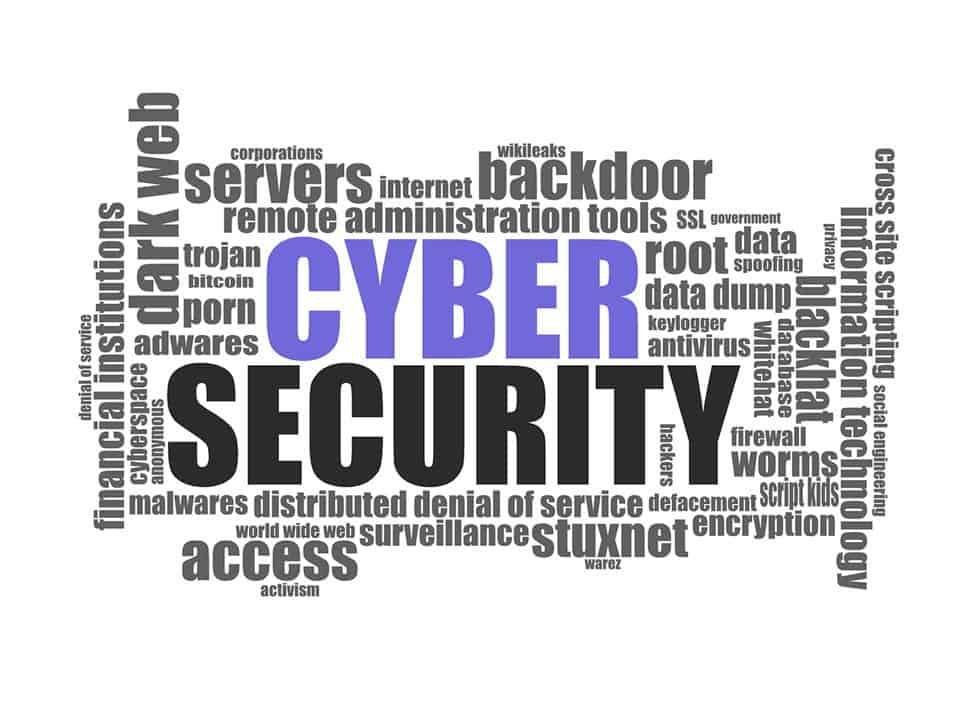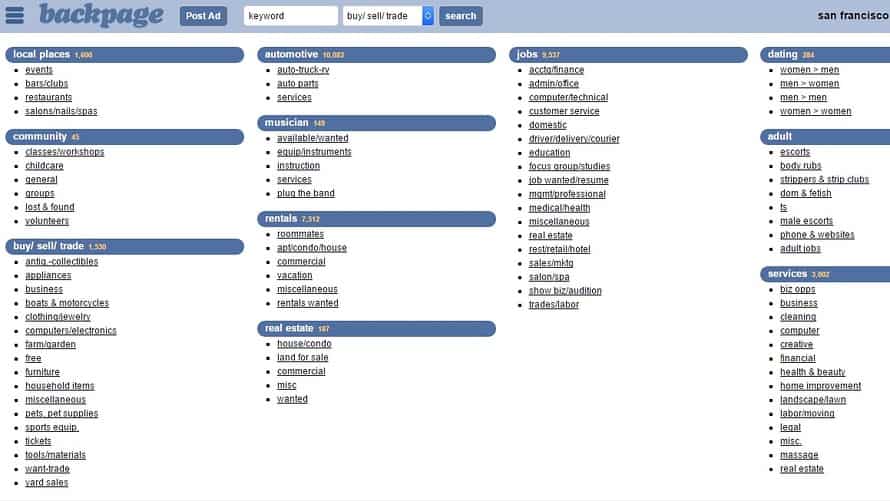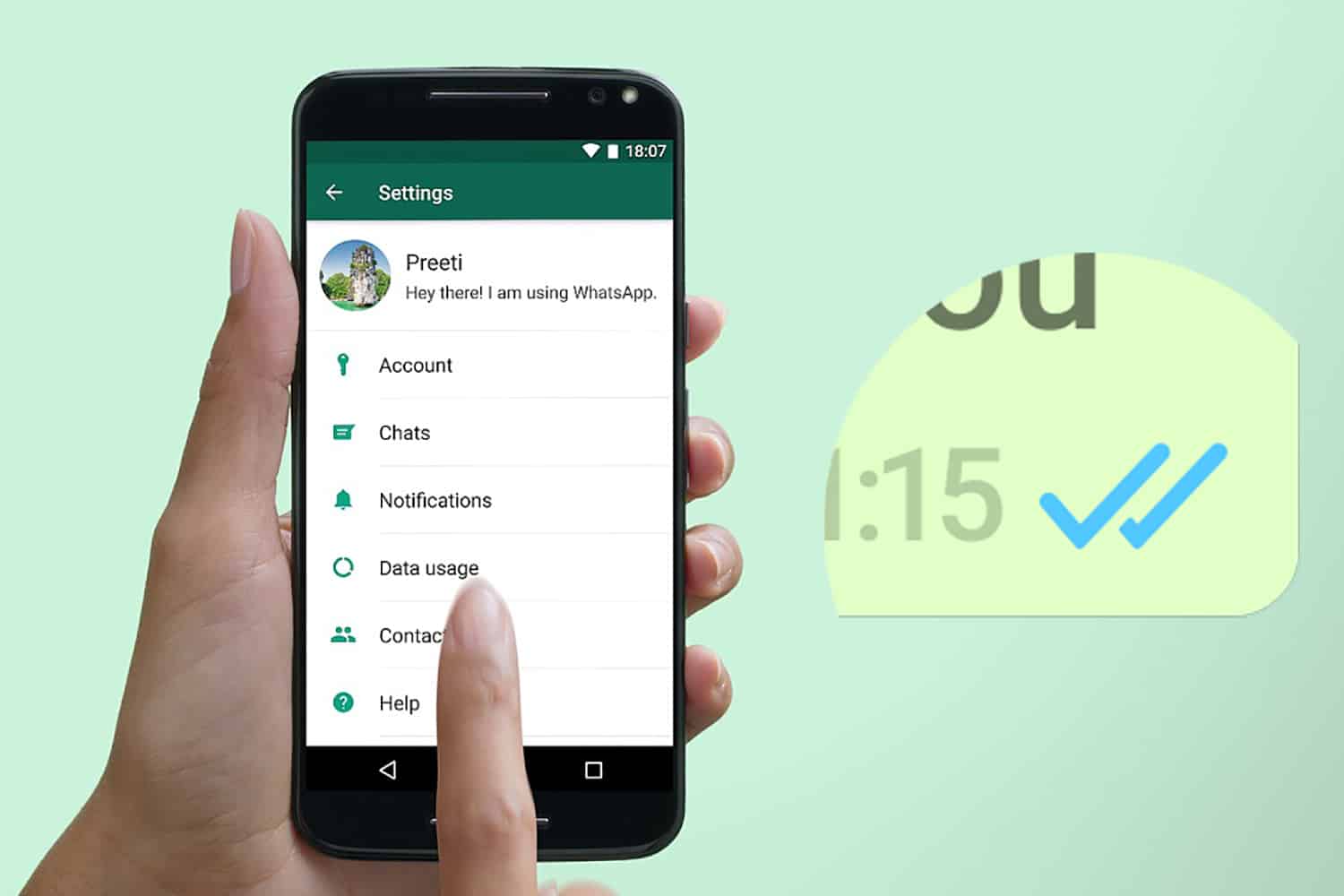Nowadays we are faced with a lot of possible cybersecurity threats from data breaches to hackers stealing our financial information to DDoS attacks. The thing is, cybercriminals now are not only targeting high-profile companies and enterprises but small businesses and even personal computers are now the targets of many cybercriminals.
On the other hand, the internet is now a primary need for most people, and to stop using the internet entirely is simply not a solution.
So, a good approach is understanding how to recognize various cybersecurity threats to protect your system and your valuable data. Below, we will discuss some amazing ways you can use it right away to protect your system against various cyber attack vectors.
-
Knowing The Common Cybersecurity Threats
The first and arguably the most important approach in protecting your system from cybersecurity threats is to understand cyber attack vectors that might be a threat to your system.
Nowadays cybersecurity attacks come in many different kinds and can affect many different devices from your standard computers and laptops to various IoT sensors and mobile devices. With the incoming 5G network connectivity, new threats and attack methods are very likely to appear.
Yet, here are some of the most common attack methods you may face today:
- Phishing: a social engineering attack to steal credentials and other information, mainly by tricking human users to click malicious links via email, social media, messaging apps, or other methods. Phishing attacks look like authentic messages from trusted individuals or brands, fooling the recipients that they are getting a legitimate request for information
- Web application attacks: attacks designed to exploit vulnerabilities in web applications, and can come in many different methods.
- Malware: malicious program designed to infect IT systems to damage the system or compromise data. Viruses, trojans, worms, adware, and other forms are types of malware.
- Man in the middle (MITM): in this type of attack, cyber criminals intercept and then modify the network traffic flowing between different IT systems, and can impersonate both senders and receivers of data on the network.
- Denial of service: flooding the targeted network or system with requests so the system is disrupted, preventing legitimate access from users.
- Brute force attacks: attacks conducted mainly by bots to “guess” passwords. Can come in various other types including account takeover attacks.
2. Always Use Strong and Unique Passwords
It’s very important to understand that human errors remain the biggest cause of various data breaches and damages caused by cyber-attacks. One of the biggest human errors? Using weak passwords and/or using the same password on all different platforms.
As a general rule of thumb, your password should be at least 10 characters long and should include a combination between uppercase and lowercase characters, symbols, numbers, and space when the system allows. Also, always use unique passwords for each of your accounts, so when your credential on one account is compromised, the others will remain safe.
Nowadays, you can use various password manager services like Google’s free password manager to auto-generate and store strong, randomized passwords on your behalf. So there’s simply no excuse to keep using your weak passwords from two decades ago.
To make your passwords even stronger, you can also use two-factor authentication (2FA) or multi-factor authentication to add another layer of protection.

3. Have an Advanced Bot Mitigation Solution
Since most cybersecurity threats are performed by bots and automated programs, a key approach in protecting your system is to invest in a proper solution that can effectively detect and mitigate activities from various types of bots.
Malicious bots are getting more advanced than ever, and now are very sophisticated in mimicking human behaviors like non-linear mouse movements, seemingly random typing patterns, and so on. So, basic bot detection and mitigation solutions relying on IP detection and fingerprinting are no longer sufficient.
Advanced solutions offering AI-based technology to detect bot activities based on behaviors like DataDome is now a necessity in combating today’s very sophisticated bots. DataDome can detect and mitigate traffic coming from malicious bots in autopilot, so you are only notified about an incoming botnet attack and don’t have to do anything to protect your system.
By protecting your system from malicious bots, you are already eliminating risks from the majority of cybersecurity attack vectors.
4. Update Your Software Regularly
Security patches and hotfixes are there for a reason: no software is going to be 100% perfect—security-wise— and might have vulnerabilities that can be exploited by attackers to enter your network and steal sensitive data, among other potential damages. Software manufacturers release updates and patches regularly to fix these vulnerabilities, so don’t compromise your system just because you forgot to update software.
So, set a monthly (preferably weekly) schedule to update everything on all devices on your network.
5. Regularly Backup Your System
Implement the 3-2-1 backup rule:
-
- Keep at least three copies of your data
- Store two backup copies on different storage media
- One of these backup copies should be located offsite
Having only one backup simply isn’t enough, especially if it’s located on the same site as your primary data.
Creating a periodic backup schedule is a simple but effective way to ensure your data is retrievable when your system is compromised. The one backup copy offsite can be a cloud-based backup, that is increasingly more affordable nowadays. Alternatively, you can use an external hard drive and store it offsite.
6. Educate Everyone on Cybersecurity
Again, human errors are a very common cause of cybersecurity vulnerabilities, and even after you’ve implemented the best security infrastructure and tools, your cybersecurity is only as strong as the least knowledgeable person in your organization.
Even when just one employee clicks on a malicious link on an email, it can compromise your whole system and network, and here are some quick tips in educating your people in cybersecurity:
- Arrange a live simulation of various cybersecurity threats, where your employee experiences cyber issues related to their job desc. They can learn how to handle these issues with different solutions.
- Regularly perform evaluations on your computer systems, software, and employees to check how vulnerable your whole system is to cybersecurity threats
- Implement communication policies to ensure everyone in your organization can receive up-to-date cybersecurity information
- Regularly conduct organization-wide cybersecurity training, especially for the leaders in every department of your organization
Conclusion
Since most cybersecurity threats nowadays come from bots and automated programs, arguably the best way to protect your system against cyber attacks is to invest in a comprehensive bot mitigation solution like DataDome. However, it’s also important to protect different aspects of your system and network, and remember that educating the human element of your organization can be very effective in preventing various cybersecurity threats targeting human errors.






